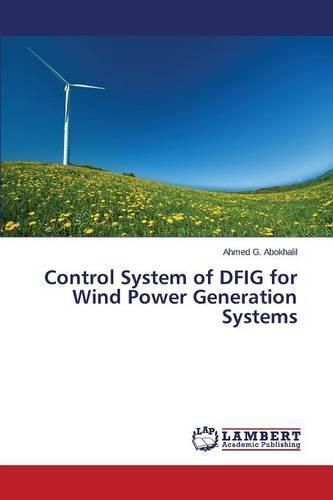Readings Newsletter
Become a Readings Member to make your shopping experience even easier.
Sign in or sign up for free!
You’re not far away from qualifying for FREE standard shipping within Australia
You’ve qualified for FREE standard shipping within Australia
The cart is loading…






This title is printed to order. This book may have been self-published. If so, we cannot guarantee the quality of the content. In the main most books will have gone through the editing process however some may not. We therefore suggest that you be aware of this before ordering this book. If in doubt check either the author or publisher’s details as we are unable to accept any returns unless they are faulty. Please contact us if you have any questions.
Electrical power is the most widely used source of energy for our homes, work places and industries. Population and industrial growth have led to significant increases in power consumption over the past three decades. Natural resources like coal, petroleum and gas that have driven our power plants, industries and vehicles for many decades are becoming depleted at a very fast rate. This serious issue has motivated nations across the world to think about alternative forms of energy which utilize inexhaustible natural resources. Renewable energy like solar, wind, and tidal currents of oceans is sustainable, inexhaustible and environmentally friendly clean energy. Due to all these factors, wind power generation has attracted great interest in recent years. Undoubtedly, wind power is today’s most rapidly growing renewable energy source. Many of the new, large turbines being produced are variable speed turbines, which use doubly fed induction generators (DFIG). These are induction generators which have their stator and rotor independently excited. Turbines of this type are becoming increasingly popular, because the converters required to control them are cheap and subject to less losse
$9.00 standard shipping within Australia
FREE standard shipping within Australia for orders over $100.00
Express & International shipping calculated at checkout
This title is printed to order. This book may have been self-published. If so, we cannot guarantee the quality of the content. In the main most books will have gone through the editing process however some may not. We therefore suggest that you be aware of this before ordering this book. If in doubt check either the author or publisher’s details as we are unable to accept any returns unless they are faulty. Please contact us if you have any questions.
Electrical power is the most widely used source of energy for our homes, work places and industries. Population and industrial growth have led to significant increases in power consumption over the past three decades. Natural resources like coal, petroleum and gas that have driven our power plants, industries and vehicles for many decades are becoming depleted at a very fast rate. This serious issue has motivated nations across the world to think about alternative forms of energy which utilize inexhaustible natural resources. Renewable energy like solar, wind, and tidal currents of oceans is sustainable, inexhaustible and environmentally friendly clean energy. Due to all these factors, wind power generation has attracted great interest in recent years. Undoubtedly, wind power is today’s most rapidly growing renewable energy source. Many of the new, large turbines being produced are variable speed turbines, which use doubly fed induction generators (DFIG). These are induction generators which have their stator and rotor independently excited. Turbines of this type are becoming increasingly popular, because the converters required to control them are cheap and subject to less losse